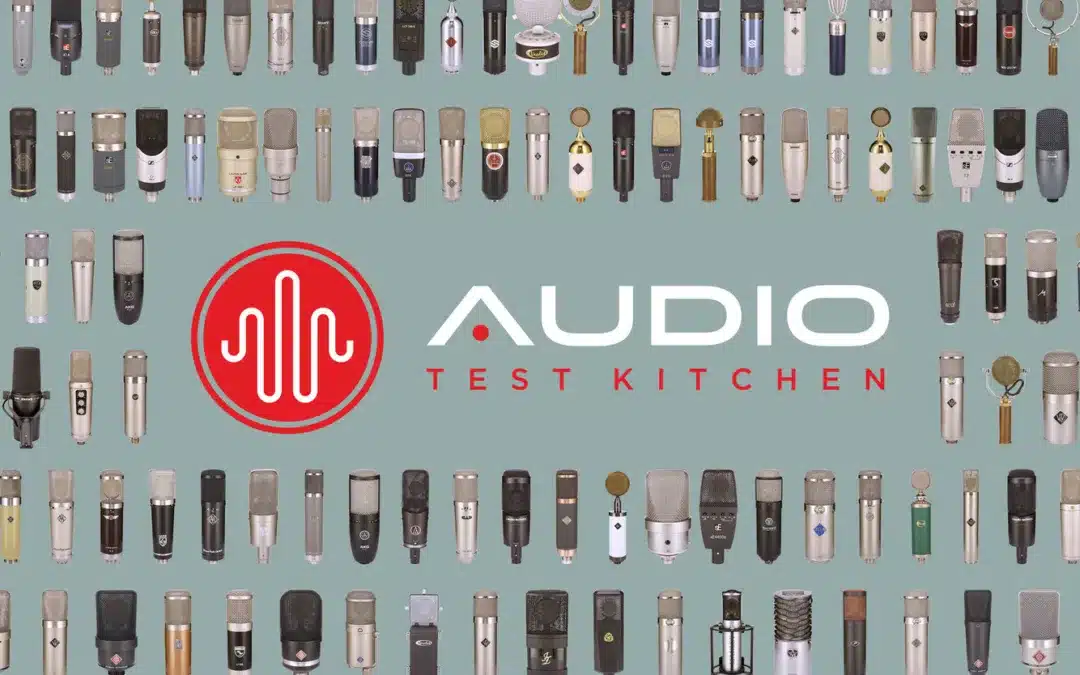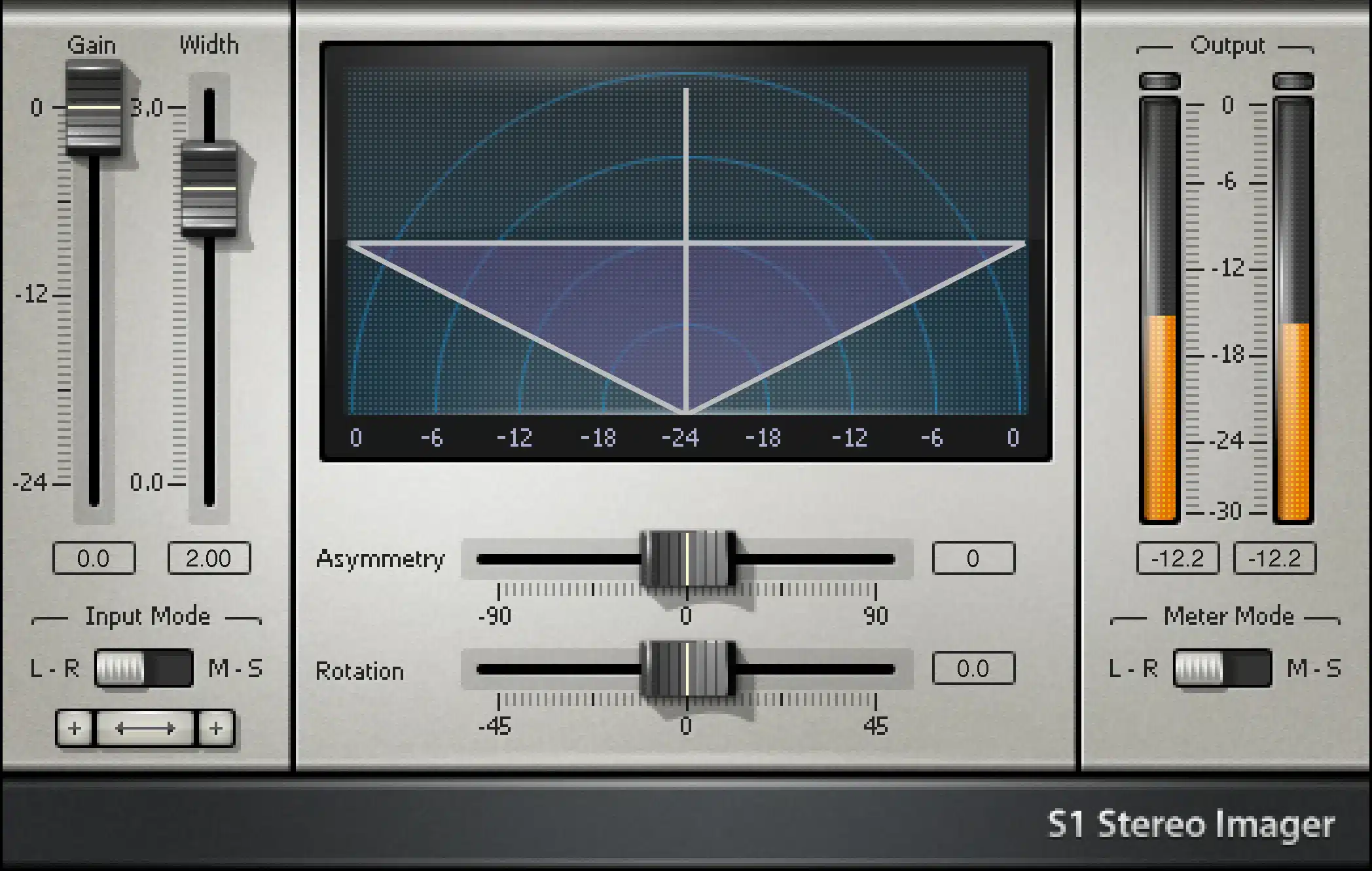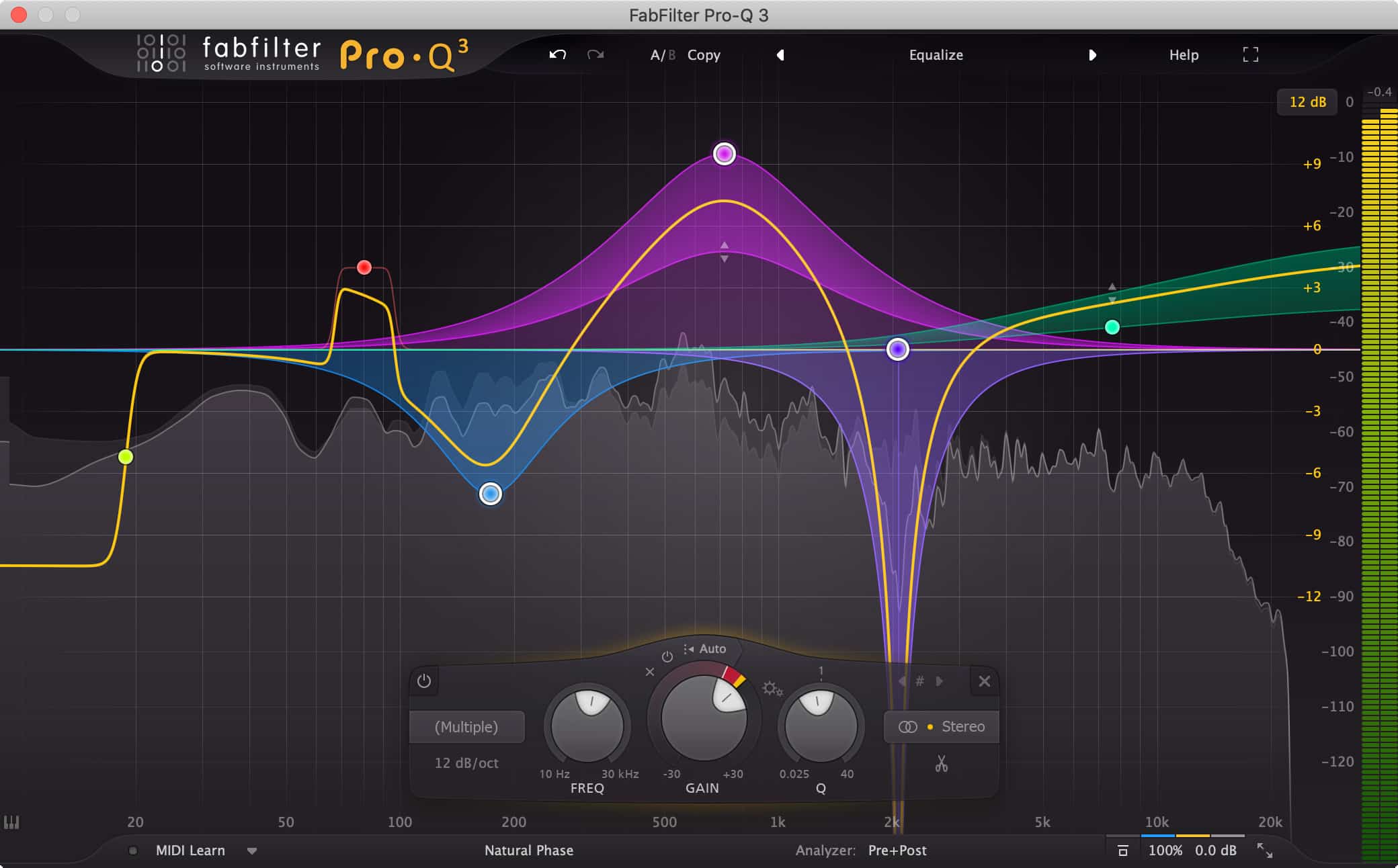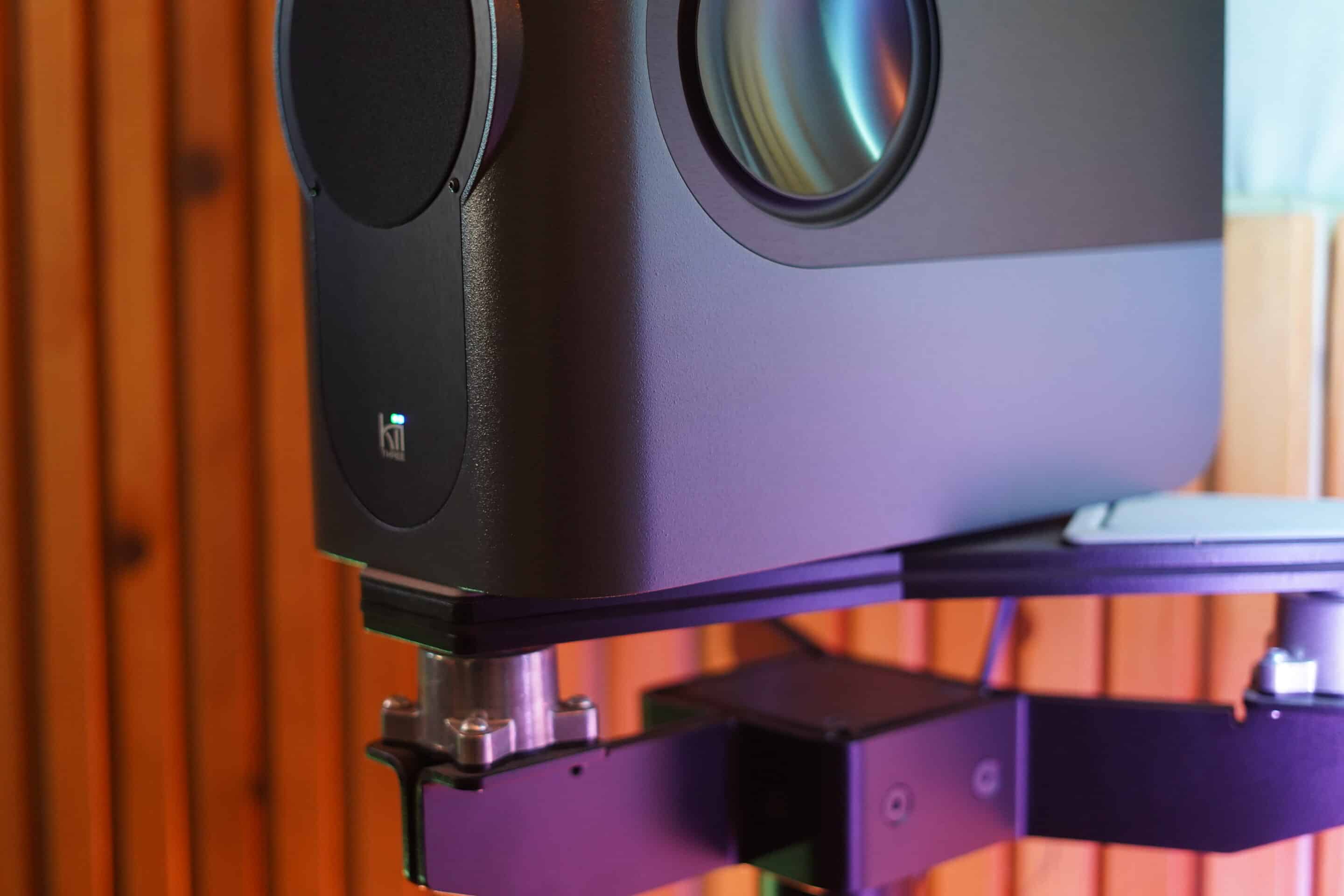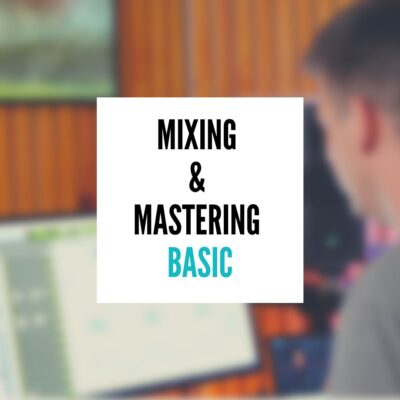Exploring the Revolutionary World of Microphones with Audio Test Kitchen
Today, I want to introduce you to a groundbreaking web application that has captivated my interest – Audio Test Kitchen.
A few years back, my buddy Alex, who I’ve known for quite some time, called me up with this idea about Audio Test Kitchen. He described it as a platform where you could hear a vocal, bass, guitar, or drum through hundreds of different microphones. I was immediately intrigued but also a bit skeptical. How could such a concept work in a controlled environment? How could we ensure the consistency of sound across different mics?
As Alex and his team started working on this project, I got a call one day to meet them at Paramount Studios. The level of detail and precision they were employing was nothing short of astounding. They had set up microphones with laser precision, ensuring that the capsule was in the exact spot every time. They even brought in automated drum machines from Sweden to guarantee consistent drum hits.
Their dedication didn’t stop there. They moved their work into an anechoic chamber, conducting extensive tests to ensure the authenticity and accuracy of the sound captured by each microphone. Clearly, they were going above and beyond to create a truly reliable and controlled environment for sound recording.
Navigating Audio Test Kitchen
Let’s dive into how Audio Test Kitchen works. Once you sign up and log in, you’re greeted with a simple yet powerful interface. You can choose from hundreds of microphones, each represented by a number. The search function allows you to explore a vast array of mics – from the famous Sony C800 to the Slate and Townsend mics, among others.
The application lets you set up to five microphones for comparison. You can then select a source for testing – be it rap vocals, a female vocalist with a higher register, or various instruments like bass, electric guitar, acoustic guitar, piano, and even cello samples.
As you play the samples, you can loop specific sections to focus on the nuances of each microphone. The differences can be quite striking. For instance, the real Sony C800 might offer a bit more body and low-end compared to its emulations, which tend to sound a bit thinner but still retain the character of the original.
What’s even more impressive is the inclusion of frequency graphs for each microphone, all derived from anechoic chamber tests. These graphs are incredibly insightful, showing how each mic responds across the frequency spectrum. This feature is particularly useful when matching a microphone to a specific voice or instrument.
Audio Test Kitchen also includes ‘mystery mics’ for comparison, adding an element of unbiased evaluation to your testing. And once you find the perfect mic, the app directs you to retailers where you can purchase it.
Conclusion
This platform is a game-changer for anyone in the audio industry. Whether you’re a producer, engineer, or musician, Audio Test Kitchen offers an unprecedented opportunity to find the perfect microphone before making a purchase. It’s a tool that empowers better decision-making and enhances the quality of your productions.
I’m excited about the future of Audio Test Kitchen. Alex mentioned that they’re continually adding new songs and features, making it an ever-evolving tool for audio professionals.
I encourage you to check out Audio Test Kitchen and see for yourself how it can transform your approach to microphone selection. And as always, if you have any questions or need songs mixed and mastered, feel free to reach out to me at Mix & Master My Song.
Until next time, keep exploring and creating amazing sounds, and if you need mixing and mastering services please feel free to reach out.
Check out my video review here as well!

